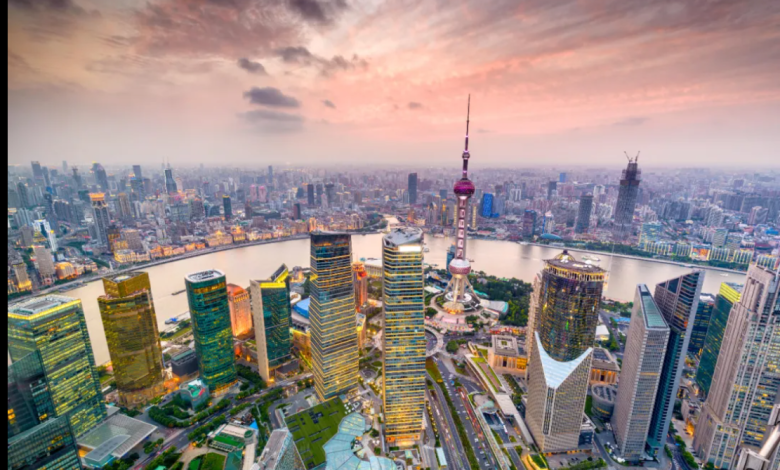Shanghai Green: Eco Projects & Urban Sustainability

As one of the world’s most populous megacities, Shanghai faces immense environmental challenges—yet it has also become a leader in urban sustainability. From sprawling eco-parks to cutting-edge green architecture, the city is embracing innovative solutions to reduce pollution, conserve energy, and improve quality of life. This article explores Shanghai’s most ambitious eco-projects and how they’re shaping a greener future.
1. Urban Green Spaces: Breathing Life into the City
**🌳 Century Park – Shanghai’s “Green Lung”
📍 Location: Pudong District
🔹 Why It Matters: As the city’s largest park (140 hectares), Century Park plays a crucial role in air purification and urban cooling. Its lakes, forests, and wetlands provide a refuge for migratory birds and city dwellers alike.
**🌿 Changning Greenway – A Car-Free Corridor
📍 Location: Changning District
🔹 Why It Matters: This 6.25 km elevated walkway, built along a former tram line, connects parks, shopping areas, and residential zones—encouraging walking and cycling over driving.
**🍃 The Sponge City Initiative
📍 Citywide flood-resilient infrastructure
🔹 Why It Matters: To combat flooding (a major risk in low-lying Shanghai), the city integrates permeable pavements, rain gardens, and underground water storage in districts like Lingang.
2. Sustainable Architecture & Green Buildings
**🏢 Shanghai Tower – The World’s Greenest Skyscraper?
📍 Location: Lujiazui, Pudong
🔹 Sustainability Features:
✔ Double-skin façade reduces heating/cooling needs by 21%
✔ Wind turbines generate 10% of the building’s power
✔ Sky gardens improve air quality and worker well-being
**🌱 The Sunqiao Urban Agricultural District
📍 Location: Pudong
🔹 Why It Matters: This vertical farming hub supplies fresh produce to the city while reducing transport emissions. Rooftop greenhouses and hydroponic labs demonstrate how urban farming can thrive.
**♻ Zero-Carbon Pavilion (Expo 2010 Legacy)
📍 Location: Former World Expo site
🔹 Innovations: Solar panels, rainwater recycling, and passive cooling make this a model for future low-carbon buildings.
3. Clean Transportation & Energy Shifts
**🚆 Expanding Metro & Electric Public Transit
🔹 Key Stats:
✔ Shanghai Metro (831 km of track) is the world’s longest, reducing car dependency.
✔ All public buses will be electric by 2025, cutting CO₂ emissions by 200,000+ tons annually.
**⚡ Renewable Energy Projects
🔹 Highlights:
✔ Offshore wind farms in the East China Sea power over 1 million homes.
✔ Solar-powered bike lanes (like in Jinshan District) generate clean energy while shading cyclists.
**🚲 Bike-Sharing Boom (and Regulation)
🔹 Evolution: From the chaotic early days of Mobike & Ofo, Shanghai has refined bike-sharing with designated parking zones and e-bike incentives.
4. Waste Management & Circular Economy
**🗑️ Strict Recycling Laws (Since 2019)
🔹 How It Works:
✔ Mandatory sorting into wet, dry, recyclable, and hazardous waste.
✔ Fines for non-compliance, but also rewards (e.g., apps offering coupons for proper recycling).
**🔄 Laogang Waste-to-Energy Plant
📍 Location: Pudong
🔹 Impact: Processes 7,000+ tons of waste daily, converting it into electricity and reducing landfill reliance.
5. Challenges & Future Goals
Despite progress, Shanghai still struggles with:
- Air pollution from regional industry
- Over-reliance on incineration for waste
- Urban heat island effect
Upcoming Projects to Watch:
- Chongming Island Eco-City (a carbon-neutral development)
- More green roofs & vertical forests in high-rises
- Expansion of hydrogen fuel-cell buses




